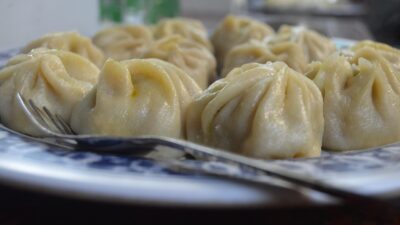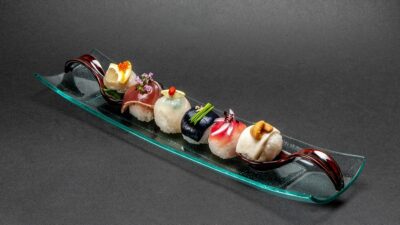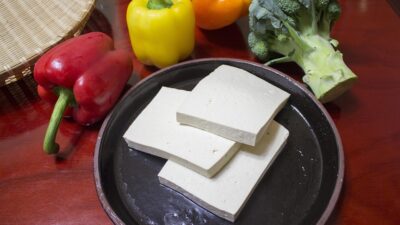Thai cuisine is a vibrant tapestry of flavors, aromas, and textures, and at its heart lies the beloved Thai curry. Renowned for its complexity and depth, Thai curry is more than just a dish; it’s a culinary adventure that transports taste buds to the streets of Bangkok or the serene islands of the south. In this article, we will explore the origins, types, essential ingredients, and tips for crafting the perfect Thai curry at home.
The Roots of Thai Curry
Thai curry has deep historical roots, drawing influences from indigenous Thai cooking as well as the culinary traditions of neighboring countries such as India and Malaysia. Traditionally, Thai curry was made fresh in households using mortar and pestle to create aromatic pastes from spices and herbs. Over time, various regions of Thailand developed unique styles and flavors, leading to the rich diversity of curries we enjoy today.
Types of Thai Curry
Thai curries can broadly be categorized into two types: curry pastes and finished dishes, with several distinct varieties.
-
Green Curry (Gaeng Keow Wan): Known for its vibrant color, green curry is made using fresh green chilies, Thai basil, and coconut milk. It’s typically spicier than its counterparts and often features chicken, beef, or tofu.
-
Red Curry (Gaeng Phed): Characterized by its deep red hue, this curry is prepared using dried red chilies. It’s rich, aromatic, and can be made with a variety of proteins, including duck, beef, or seafood.
-
Yellow Curry (Gaeng Garee): This milder curry has Indian influences, incorporating turmeric, which gives it a warm, golden color. It’s usually sweeter and less spicy, often cooked with potatoes and chicken.
-
Massaman Curry: A unique fusion of Thai and Indian flavors, Massaman curry is mild and slightly sweet, made with spices like cinnamon and cardamom, typically featuring beef or lamb.
- Panang Curry: This rich, creamy curry is thicker than others and includes coconut milk and ground peanuts, providing a nutty undertone. It often features beef or pork.
Essential Ingredients
The heart of Thai curry lies in its ingredients, specifically the curry paste. Here’s a rundown of essentials:
-
Coconut Milk: Gives curries their signature creaminess and balance, providing a soothing counterpoint to the spice.
-
Curry Paste: Available store-bought or homemade, a good curry paste—made from a blend of fresh herbs, spices, and chilies—is crucial. Common ingredients include lemongrass, galangal, kaffir lime leaves, garlic, and shrimp paste.
-
Proteins: Choose from chicken, beef, seafood, or tofu to create a satisfying balance in the dish.
-
Vegetables: Many curries incorporate a variety of vegetables, such as bell peppers, bamboo shoots, eggplant, and green beans.
- Herbs and Spices: Fresh herbs like Thai basil and cilantro add brightness, while ingredients like tamarind paste or fish sauce provide depth and umami.
Crafting the Perfect Thai Curry
Creating a delicious Thai curry at home may seem daunting, but with the right approach, it can be a rewarding experience. Here are some tips to get you started:
-
Choose Quality Ingredients: The fresher your ingredients, the more flavorful your curry will be. Try to use fresh herbs and spices whenever possible.
-
Balance Flavors: The essence of Thai cuisine is harmony. Aim to balance sweetness, sourness, saltiness, and spiciness within your curry.
-
Experiment with Cooking Techniques: Typically, cook the curry paste in coconut oil until fragrant before adding the coconut milk. This enhances the flavors and creates a deeper taste.
-
Give It Time: Let your curry simmer to allow all the flavors to meld together. The longer it cooks, the richer it becomes.
- Serve with Authentic Sides: Pair with jasmine rice, sticky rice, or noodles to complete the meal, and don’t forget the fresh herbs for garnish.
Conclusion
Unlocking the secrets of Thai curry opens a doorway to a flavorful adventure that delights the senses. With its brilliant colors, aromatic ingredients, and endless variations, Thai curry is not just a meal; it’s an experience rich with tradition and creativity. So, gather your ingredients, channel your inner chef, and embark on your culinary journey through Thailand—one delicious curry at a time.



